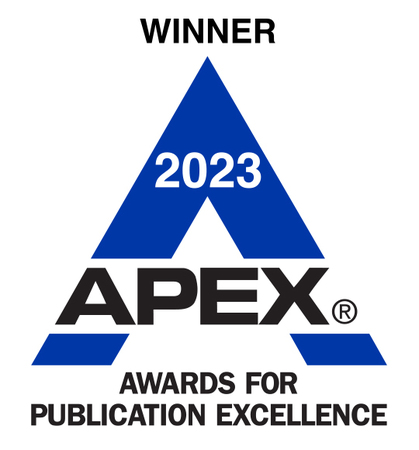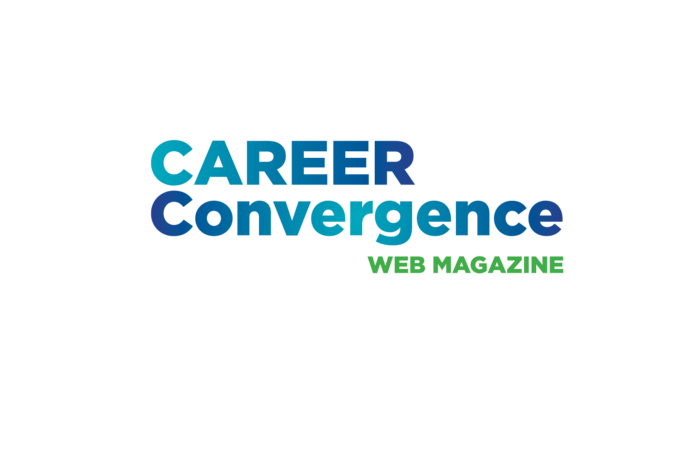10/01/2025
Empowering Futures: Elevating Underrepresented Students
By Sylvia Alvarez
Science, technology, engineering, and math (STEM) fields face persistent retention challenges, particularly for underrepresented students who report feeling unsupported, disconnected, and stressed about their academic performance (Gasman & Nguyen, 2019). Many students switch majors or leave college without STEM degrees, limiting their career opportunities and STEM diversity. Underrepresented students in STEM often encounter barriers in both academic settings and the workforce, where institutional support, cultural relevance, and experiential learning are scarce (Hinojosa et al., 2016). Career service professionals can address these barriers by building strong support networks, creating experiential pathways, and integrating social belonging into STEM education.
STEM Academy Program
In response to national attrition rates, the STEM Academy professionals at Columbia Basin College in Washington integrated three theoretical frameworks: Kram’s theory of psychosocial support systems, Tinto’s theory of social integration, and Strayhorn’s sense of belonging. Kram (1985) emphasized the importance of mentorship and the role of psychosocial support in student success, particularly in confidence, self-identity, and perseverance. Tinto (1993) underscored that social integration was essential for retention, proposing that students were more likely to persist when they experienced a sense of community and alignment with their educational and career goals. Strayhorn (2012) emphasized that a sense of belonging goes beyond physical presence, focusing on emotional and social inclusion in the academic community. Academy leaders hypothesized that if students of color felt accepted and valued, their engagement, persistence, and academic success would increase. This sense of belonging would enable them to overcome challenges and stay enrolled through graduation. Together, these theories informed the Academy’s efforts to build a network that reduced isolation through structured, experiential learning, mentorship, and supportive relationships.
Program Objectives
The career service professionals designed the STEM Academy with the following key objectives:
- Mentorship and Support: By pairing each student with a mentor and advisor, the program aimed for a 15% increase in retention rates each academic year. Progress was tracked through quarterly check-ins intended to monitor and address individual challenges.
- Academic and Career Readiness: Through structured STEM industry experiences, the program targeted a 10% increase in students completing college-level STEM courses and a 20% increase in participants pursuing STEM-related careers.
- Community Engagement: To broaden access to STEM pathways, the program cultivated partnerships with local organizations and engaged in outreach to high schools. Students also contributed through internships, which developed their professional skills while enhancing program visibility.
- Cultural Competency and Inclusivity: By offering materials in multiple languages and embedding cultural perspectives in the curriculum, the Academy aimed to increase the participation of underrepresented groups by 25%.
- Career Readiness: Staff aspired to contribute to better career outcomes through increased retention and academic performance.
Program Structure
Participants in the STEM Academy were selected through an application process and, upon successful completion, received a financial stipend. Each of the 25 students was assigned a career advisor and mentor for consistent relationship-building and progress tracking. Students also participated in regular industry lectures and field trips, providing them with a practical understanding of STEM careers. Mentors, who also underwent an application process, met weekly with the program supervisor and received ongoing training to ensure they were prepared to support students. They provided structured guidance in navigating STEM pathways. Students also benefited from real-world exposure during field trips and guest lectures. Multilingual resources and culturally relevant materials created an inclusive, accessible learning environment for all students.
Evaluation and Results Summary
The career service professional staff gathered pre-post surveys, hosted focus groups, and conducted exit interviews to evaluate the program. The STEM Academy showed a promising impact compared to non-participating peers, as illustrated in the tables below. Students in the STEM program surpassed the program's objectives and persisted from their first to second year. Students in the program reported higher retention rates, improved GPAs, and increased confidence in their STEM abilities compared to their non-participating peers. Fall-to-winter retention for STEM Academy students reached 100%, compared to 93% among their peers. Fall-to-fall retention showed a 19-percentage point increase. These results affirm the program’s success in fostering an environment of support and resilience.
In the future, leaders plan to match participants and non-participants based on specific attributes (e.g., high school GPA) to better understand differences in outcomes. The institution also plans to expand mentorship, build industry partnerships, and embed wellness more broadly into STEM pathways.
The STEM Academy successfully integrates mentorship, academic support, and community engagement to foster resilience and achievement for underrepresented students. By focusing on environmental barriers and strengthening a supportive network, the academy promotes equitable access to STEM careers and academic persistence. Career service professionals can replicate this model to improve STEM retention and outcomes for underrepresented students.
References
Gasman, M., & Nguyen, T. (2019). Making Black scientists: A call to action. Harvard University Press.
Hinojosa, A. S., Hinojosa, M. S., & Hinojosa, L. (2016). The impact of self-efficacy on STEM education: A study of post-secondary students. Journal of STEM Education Research, 17(3), 50–60. https://www.jstem.org/jstem/index.php/JSTEM/article/view/2080
Kram, K. E. (1985). Mentoring at work: Developmental relationships in organizational life. Scott Foresman Publishing.
Strayhorn, T. L. (2012). The role of the sense of belonging in academic success for students of color. Journal of Student Affairs Research and Practice, 49(4), 453–471.
Tinto, V. (1993). Leaving college: Rethinking the causes and cures of student attrition (2nd ed.). University of Chicago Press.
Sylvia Alvarez is a Senior Professor at Columbia Basin College with a broad career background spanning hospitals, social services, and non-profit, state, and federal agencies. She is dedicated to student success and equity in higher education, teaching various courses, developing curricula, and designing programs that support underrepresented and general student populations. Recent initiatives include the STEM Academy, Passport to Careers—Unaccompanied Homelessness, and the Hawk Career Readiness Program, each designed to foster mentorship, career readiness, and accessible resources. Alvarez has also created strong partnerships with local agencies to expand program support and student resources. As a mentor for young women from underrepresented and low-income backgrounds in her community, she actively promotes their pursuit of higher education. Additionally, Alvarez is a lead member of a women's group through her church, collaborating with nonprofit organizations such as a women’s shelter and homeless coalition to support their mission and needs. She loves traveling, visiting century-old ruins and historical landmarks, enjoying nature, and spending time with her adult children, friends, and family. For further information, Sylvia can be reached at salvarez@columbiabasin.edu.



